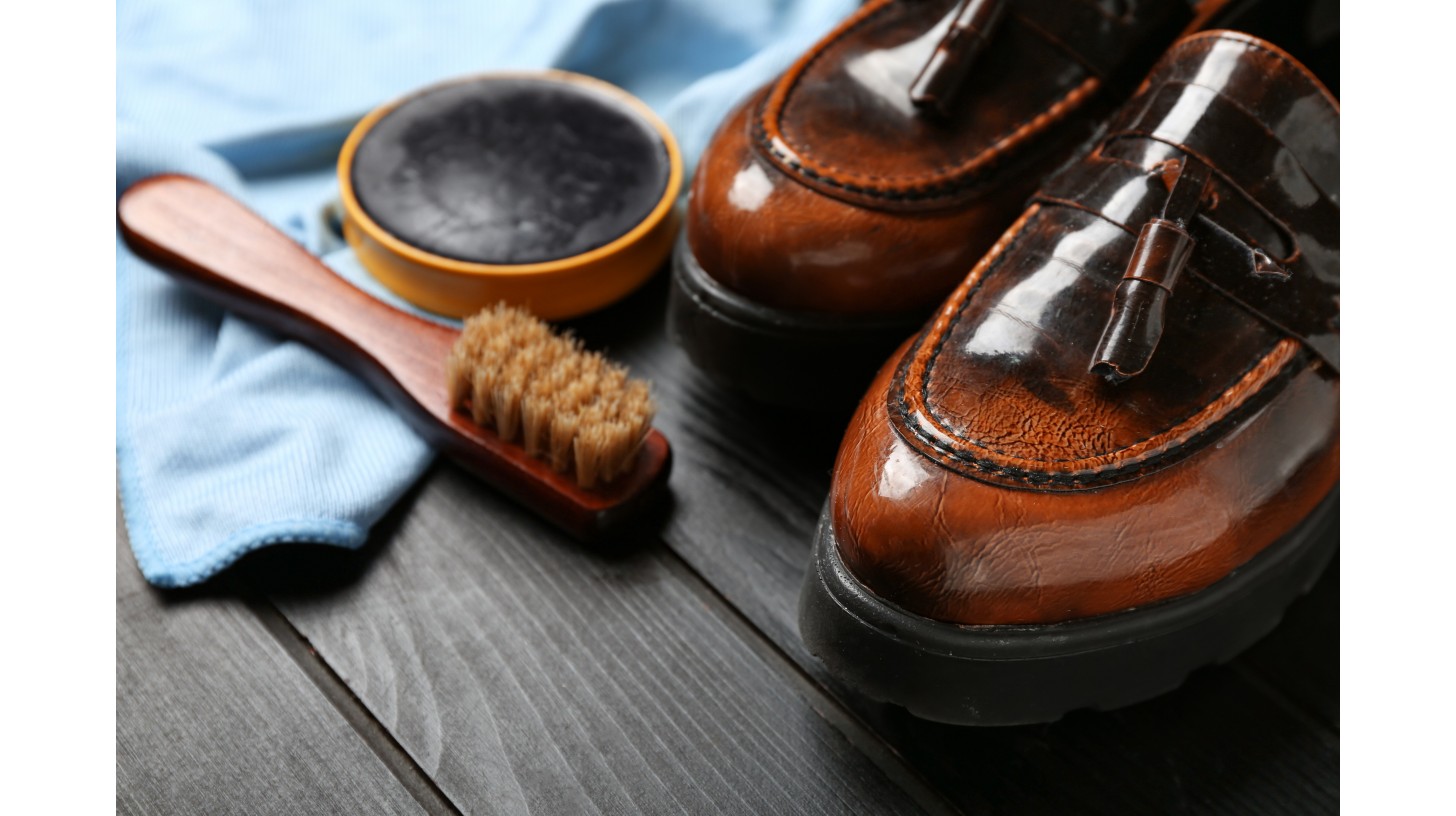Leather Shoe Care: Essential Tips and Products
Leather shoes are a long-lasting, elegant, and often costly investment that deserve special attention. Whether you wear classic short boots, stylish sandals, or refined slippers, proper care is key to preventing premature wear. This comprehensive guide will help you adopt the right habits and avoid common mistakes, so you can preserve the quality, comfort, and appearance of your shoes.
Why Leather Shoe Care Matters
Leather is a living material that reacts to moisture, heat, and dust. Without regular maintenance, it dries out, cracks, and quickly loses its fresh look. By following a care routine, you not only extend the lifespan of your shoes but also maintain their comfort and suppleness. Well-hydrated leather resists moisture better, retains its original color longer, and provides better foot support.
When Your Shoes Are Telling You They Need Care
Certain signs are unmistakable. Dull, rough, or whitish leather indicates dehydration. Stains or deep creases may point to long-neglected care. Acting at the first signs of damage can help limit long-term wear.
Table of Common Leather Issues:
Ideal Frequency and Duration of Proper Shoe Care
A thorough cleaning and conditioning session takes only 30 to 45 minutes and can add years to your shoes’ lifespan. For frequently worn shoes, care every 4 to 6 weeks is ideal. If exposed to rain, snow, or dust, reduce the interval. A monthly routine can make the difference between faded leather and a brilliant shine.
Understanding the Needs of Different Leather Types
Each leather type has unique characteristics that affect how it should be maintained. Smooth leather is versatile but prone to scratches. Patent leather, more delicate, maintains its shine with gentle products. Suede, being porous and textured, is sensitive to water and requires special brushing. Oiled leather, robust yet supple, needs nourishing care.
How to Care for Smooth Leather
Start by removing dirt with a soft brush. Then wipe with a slightly damp cloth to eliminate residue. Apply a suitable shoe polish, ideally matching the shoe color, and buff to restore shine. Every second treatment, you can alternate with a leather cleansing milk for enhanced care.
Tips for Caring for Patent Leather
Patent leather has a glossy finish that scratches easily. Use a soft cloth with a cleaner made specifically for patent leather. Follow with a neutral moisturizing cream to restore elasticity and prevent cracking. Avoid abrasive methods, which can damage the mirror-like finish.
How to Maintain Oiled Leather
Common in work boots and outdoor footwear, oiled leather is naturally water-resistant but requires regular nourishment to prevent drying. Use a rich cream or waterproofing grease, let it absorb, then polish to strengthen the protective layer. Well-maintained oiled leather develops a beautiful patina over time.
Essential Products and Tools for Leather Care
Here’s a list of must-have tools to properly maintain your shoes:
- Shoe brush – to remove dirt without damaging the leather
- Soft cloth – for product application without scratching
- Appropriate polish – to nourish and recolor the surface
- Leather cleaner – for deep cleaning
- Cedar shoe trees – to maintain shape and absorb moisture
Having the right tools on hand makes maintenance easier and more effective.
Why Choosing the Right Polish Is Crucial
The wrong polish can alter the leather’s color or clog its pores. Choose based on the leather type and color. Tinted polishes revive plain leather tones, while neutral ones suit light or multi-colored leather. For more technical leathers—such as oiled or patent—use specially formulated products.
Using Leather Cleaner and Its Benefits
Leather cleaner plays a key role in preparation. It readies the surface for polish or conditioner. Apply it with a clean cloth using circular motions and let it dry thoroughly. Clean leather absorbs care products better, enhancing effectiveness and preventing buildup.
Critical Mistakes to Avoid
Some actions can cause irreversible damage:
- Avoid harsh chemicals (detergents, solvents)
- Don’t scrub forcefully, especially on seams
- Limit water use to prevent swelling
- Never dry with direct heat sources
The golden rule: be gentle and patient. Let products work naturally.
Shoe Trees: The Unsung Heroes of Leather Care
Shoe trees are essential for anyone who wants to preserve their shoes' original shape. Cedar models absorb moisture accumulated during the day and release a pleasant scent. Insert them as soon as you take your shoes off to prevent creasing, deformation, and extend leather longevity.
Protecting Shoes from Rain and Cold
Repeated exposure to moisture and cold can make leather brittle. Apply a PFAS-free waterproof wax before going out in the rain. In cold weather, leather becomes more rigid, semi-annual conditioning helps maintain flexibility. Always avoid direct contact with radiators or heaters.
Smart Storage for Shoes That Stay in Shape
Follow these storage tips:
- Choose a dry, airy, sun-protected place
- Insert shoe trees or newspaper inside
- Avoid airtight boxes or plastic bags that trap moisture
Leather needs to breathe, even when not worn. Proper storage helps maintain structure and appearance.
Practical Tips to Keep Shoes Looking New
- Alternate between pairs, let shoes rest at least 24 hours between uses
- Regularly check seams and soles for early repairs
- Condition leather every six months, especially before seasonal changes
Preventive care is often more effective than reactive solutions. With these simple steps, your leather shoes will remain elegant and comfortable for years to come.

